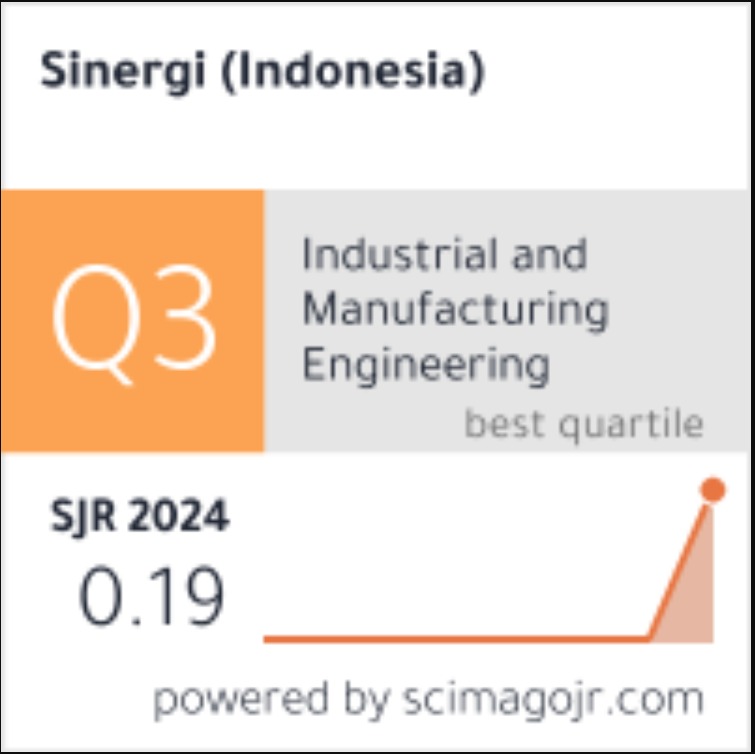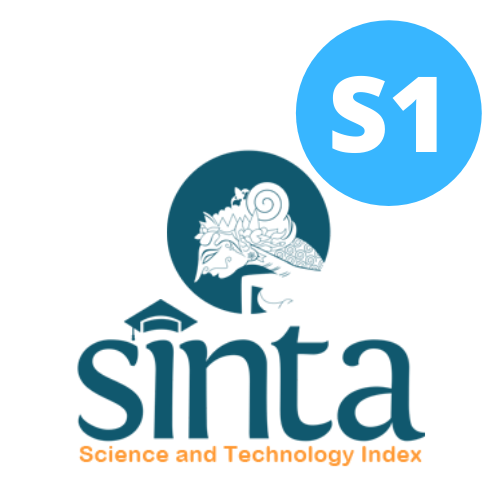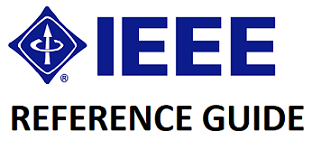Experimental study and optimisation of flexural properties of 3D-printed polylactic acid for energy-storing-and-returning prosthetic foot
Abstract
A prosthetic foot with energy-storing-and-returning capabilities requires high strength to prevent damage, high rigidity for stability, and low weight for user comfort. Therefore, efforts are needed to optimise the properties of the 3D-printed prosthetic foot. Based on the literature review, a research gap remains in understanding the complex interactions among 3D printing parameters that improve flexural properties, minimise mass, and reduce printing time. This study investigated how infill density, layer thickness, shell thickness, and their interaction affect the flexural strength-to-mass ratio, flexural modulus of elasticity, strain, and required printing time of the 3D-printed product. The experimental parameter ranges are infill density (40–60%), layer thickness (0.2–0.3 mm), and shell thickness (0.8–1.6 mm). A case study was conducted to optimise these parameters using the Response Surface Methodology with the Box-Behnken Design. The experimental data were fitted to a quadratic model, and Analysis of Variance determined the significance of individual factors. A gradient-based algorithm then identified the optimal parameter combinations. Results indicated that shell thickness was the most influential factor on the flexural strength-to-mass ratio and flexural modulus. Additionally, the interaction between layer height and shell thickness significantly affected strain, while infill density impacted printing time. The optimal values obtained were 32.5722 MPa/gram for the flexural strength-to-mass ratio, 2727.06 MPa for the modulus, 0.0522 for the strain, and 757.7788 seconds for the printing time. The novelty of this research lies in presenting how the interaction between shell thickness, layer thickness, and infill density affects process productivity and material efficiency while preserving product performance.
Keywords
Full Text:
PDFDOI: http://dx.doi.org/10.22441/sinergi.2025.3.015
Refbacks
- There are currently no refbacks.
SINERGI
Published by:
Fakultas Teknik Universitas Mercu Buana
Jl. Raya Meruya Selatan, Kembangan, Jakarta 11650
Tlp./Fax: +62215871335
p-ISSN: 1410-2331
e-ISSN: 2460-1217
Journal URL: http://publikasi.mercubuana.ac.id/index.php/sinergi
Journal DOI: 10.22441/sinergi
Journal by SINERGI is licensed under a Creative Commons Attribution-ShareAlike 4.0 International License
The Journal is Indexed and Journal List Title by:














